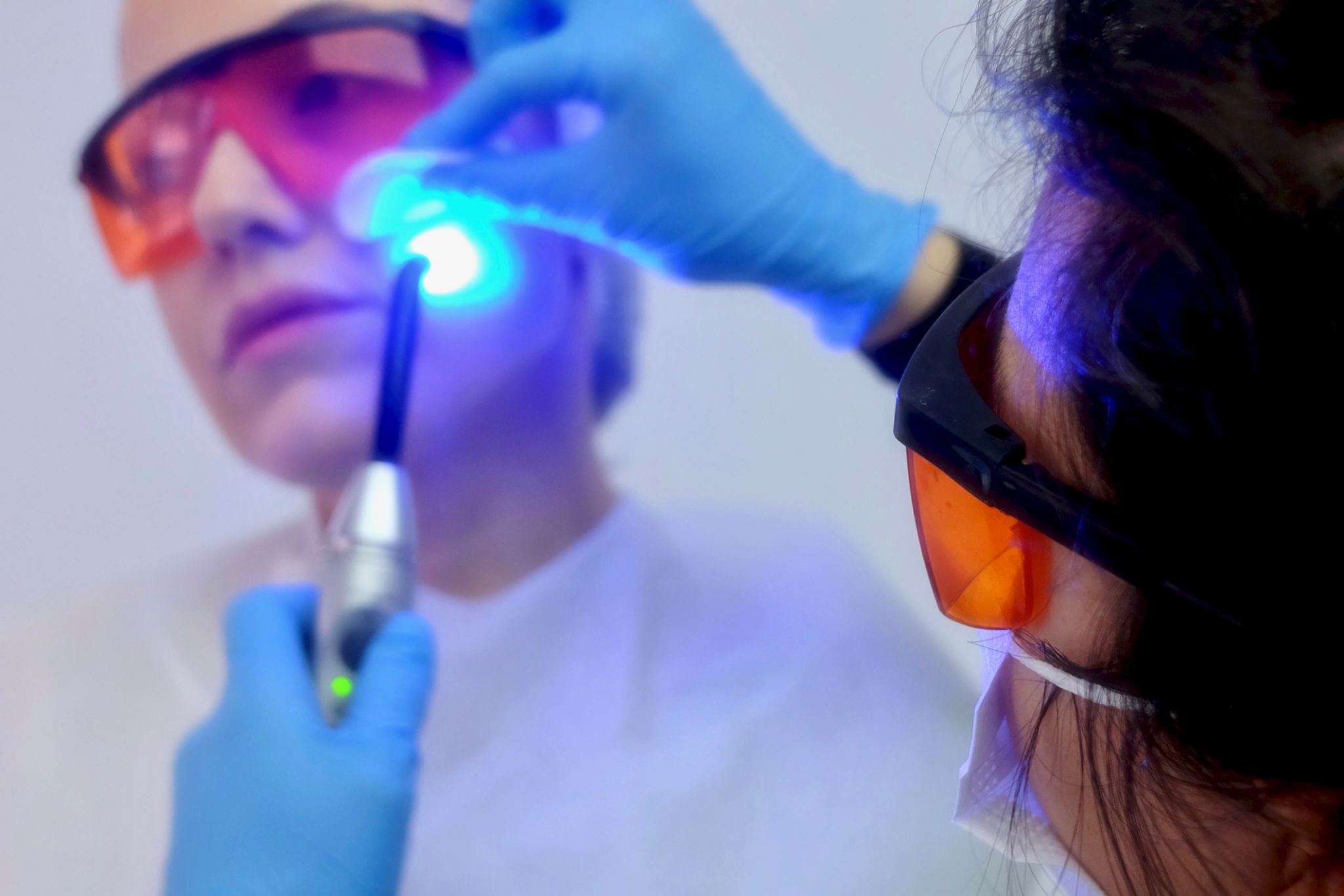Exploring FSM and PEMF Therapies for Complex Chronic Conditions
Understanding FSM and PEMF Therapies
In the realm of alternative and complementary medicine, Frequency Specific Microcurrent (FSM) and Pulsed Electromagnetic Field (PEMF) therapies have emerged as promising treatments for individuals suffering from complex chronic conditions. These therapies offer non-invasive solutions that aim to alleviate symptoms and improve overall well-being by harnessing the power of frequencies and electromagnetic fields.

What is Frequency Specific Microcurrent (FSM)?
FSM therapy involves the application of low-level electrical currents that are specific to certain frequencies. These currents are believed to resonate with the body's natural frequencies, thereby promoting healing and alleviating pain. FSM is particularly known for its use in treating conditions such as fibromyalgia, neuropathic pain, and inflammation. By targeting specific tissues or organs, FSM aims to restore balance and facilitate the body’s natural healing processes.
One of the key benefits of FSM therapy is its ability to reduce inflammation and enhance cellular repair. Patients often report significant improvements in pain levels and overall quality of life after undergoing FSM sessions. This therapy is typically administered by trained practitioners who customize the treatment based on individual needs and conditions.
Exploring Pulsed Electromagnetic Field (PEMF) Therapy
PEMF therapy, on the other hand, utilizes electromagnetic fields to stimulate cellular function and improve health outcomes. By emitting pulses at various frequencies, PEMF devices aim to enhance circulation, reduce pain, and accelerate tissue repair. This therapy is gaining popularity for its potential to support individuals with chronic pain, arthritis, and even depression.

The science behind PEMF therapy lies in its ability to influence ion exchange across cell membranes, thereby enhancing cellular energy and function. Some studies suggest that PEMF can improve bone density, making it a valuable tool for osteoporosis management. As a non-invasive treatment, PEMF is generally considered safe with minimal side effects.
Comparing FSM and PEMF Therapies
While both FSM and PEMF therapies aim to promote healing through frequencies and electromagnetic fields, they differ in their mechanisms and applications. FSM is more focused on using specific electrical frequencies tailored to individual conditions, whereas PEMF uses broader electromagnetic pulses to stimulate cellular activity. Both therapies offer unique benefits and can sometimes be used in conjunction to enhance treatment outcomes.

Individuals considering these therapies should consult with healthcare professionals to determine which approach may be most beneficial for their specific condition. Both FSM and PEMF have shown promising results in clinical settings, but individual responses can vary. Therefore, a personalized treatment plan is essential for achieving optimal results.
Potential Benefits and Considerations
The potential benefits of incorporating FSM and PEMF therapies into a treatment regimen are numerous. Patients often experience reduced pain, improved mobility, and enhanced overall well-being. However, it is important to note that these therapies may not be suitable for everyone. Factors such as medical history, existing health conditions, and individual response to treatment should be carefully considered.
Moreover, while these therapies are generally safe, it is crucial to seek treatment from qualified practitioners who have experience in administering FSM and PEMF. This ensures that the therapies are applied correctly and effectively, minimizing any potential risks or adverse effects.
The Future of Frequency-Based Therapies
As research into frequency-based therapies continues to evolve, more evidence is emerging to support their efficacy in treating complex chronic conditions. Advances in technology are also paving the way for more sophisticated devices that can deliver these therapies with greater precision and effectiveness. This growing body of knowledge holds promise for expanding the use of FSM and PEMF therapies in mainstream healthcare.
In conclusion, FSM and PEMF therapies represent exciting developments in the field of complementary medicine. For individuals grappling with chronic conditions, these therapies offer hope for improved health outcomes through non-invasive means. As awareness and understanding of these treatments grow, they may become integral components of holistic health approaches worldwide.